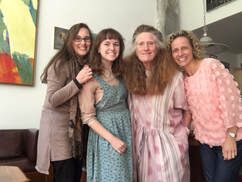 The Studio ladies! Janis Orel, accountant extraordinaire; booksmiths Sara Dunn, Judy Sue Goodwin Sturges, and April Prince. The Studio ladies! Janis Orel, accountant extraordinaire; booksmiths Sara Dunn, Judy Sue Goodwin Sturges, and April Prince. An Interview with the team from Studio Goodwin Sturges Studio Goodwin Sturges is an artists’ agency dedicated to nurturing creative talent and developing quality literature for children. At the Studio, Judy Sue and the staff work with children’s book publishers across the country and with artists and authors around the world. We are thrilled to welcome Studio Goodwin Sturges to 24 Carrot Writing! As authors, we are familiar with querying agents asking for representation. The standard process is to send a query letter and all or a portion of a completed manuscript. Studio Goodwin Sturges’ guidelines ask prospective illustrators to send along a link to a website. How is the process of looking for representation different for illustrators than for writers? Both authors and illustrators invest time, love, and energy (and blood, sweat, and tears!) in the materials we create and polish for submission. But whereas authors should have several completed manuscripts when querying, illustrators needn’t have completed projects. It’s certainly helpful for an agent to see how an artist paces a book, but it’s also entirely feasible for us to gauge an artist’s strengths by looking at samples alone. Illustrators should present a varied portfolio that showcases their range but also their very best work. (In other words, if you only have a few pieces featuring human characters and those pieces are not your strongest work, consider leaving them out of your portfolio. Similarly, if your style has evolved, pass on submitting older work if you’d rather not do books in that vein. Of course, these same basic premises hold true for authors, too.) It’s beneficial for an agent to see that an artist can handle people and animals, characters and environments, fiction and nonfiction. Of course, every artist has strengths and weaknesses, just as authors do. But the more versatile you are, the more likely it is that you will find representation—and work in the marketplace. Our first response to a portfolio is usually a gut reaction: “Wow!,” “Meh,” or “Pass, just not a fit for our portfolio.” The “wows” usually reflect work in which we love the palette, the line work, and the overall creativity and sensitivity the artist brings to their art. It’s an illustrator’s job to bring their experience and storytelling capabilities to a project and not just mirror an author’s words. We want to see an illustrator speak in a visual voice that is uniquely their own. We also try not to overlap styles in our portfolio so that each artist has the opportunity to shine. Fresh voices from Studio Goodwin Sturges include Amy Walrod’s plucky heroine in Little Red Hen Makes a Pizza by Philemon Sturges (Dutton); Ora Eitan’s paintings on wood for Cowboy Bunnies by Christine Loomis (Putnam); Claudia Bielinsky’s cheeky animals in the Vive la Différence! (Casterman); Sebastia Serra’s digital/3D collages from Una llegenda de Sant Jordi by Joan Portell (Andana); detail of Salley Mavor’s needlework from the forthcoming My Bed by Rebecca Bond (HMH, Fall 2020);and Holly Berry’s innovative use of color and black and white in a portfolio sample. How do editors find your clients? Do editors send you manuscripts and ask you to match them to an illustrator? How do you determine if an illustrator is a good match for a project? Editors and art directors find our clients on our website or the artist’s own site, via social media, through our email marketing, in the portfolio of live art we bring to publishers, at the Original Art Show at the Society of Illustrators, and elsewhere; there are a variety of ways! It’s not very often that an editor sends us a manuscript and asks us to match it with an illustrator. Rather, an editor or art director usually has a vision and approaches a particular artist. However, sometimes the illustrator approached for a project is unavailable, or doesn’t feel a connection to the manuscript. In these cases, we often propose another illustrator whom we think would be a good match. Sometimes this works, sometimes it doesn’t! Editors often have a ‘wish list’ they’re working through, so they might already have someone else in mind. We know our artists very well, both on an artistic and a personal level, so it’s not difficult to determine if an illustrator is the right fit for a project. Again, it’s gut, but it’s also the artist’s sensibility, strengths, interests, and past experience. Writers have to be ready to make changes to their manuscript throughout the editorial process. These revisions, while necessary and beneficial, can be painful. What does the revision process look like for an illustrator? Some illustrators begin by making thumbnail sketches. These might be for the illustrator’s own purposes, or they may go to the editor/art director for feedback. Other times, artists make character sketches before launching into full sketch/dummy mode. From there, the illustrator creates full-size, or at least to-scale, interior sketches. The designer will put the sketches together with the text and mark up the document with notes, and/or provide a page-by-page editorial letter. This is where things can get painful. An illustrator has thought long and hard about the compositions and decisions they’ve made, but there can still be major changes at this early stage. A designer will often move sketches around, suggest combining pages, request changes in composition or point of view, etc. Usually an editor/designer asks that certain pages be resketched, while other pages may be released for the artist to go to finish. Pages that need resketching can go through several rounds of revamping before artist, editor, and designer agree on a visual solution to any given challenge.
Some artists submit finishes in batches; others deliver all the interiors at once. The finishes route through editorial, design, and copyediting, just as the sketches did. (Do authors know that art goes through copyediting, just like words do?!) There are usually some changes to final art for consistency or other issues. Some artwork is relatively simple to revise; other work, like oil pastels or dimensional work, not so much! How do illustrators react when they get a manuscript peppered with illustration notes? When are illustrator notes helpful? When are they hurtful? Even if an author submits a manuscript with art notes, the notes often don’t come to the artist. Illustrators are hired to bring their own ideas and sensibility to a text, and excessive art notes can be distracting, or even intrusive and overreaching. While it’s helpful to have minimal notes if they put humor or technical issues in context, in general, writers should be very selective about what, if anything, they need to convey. As authors ourselves, we try to remind ourselves that the illustrator didn’t tell us what to write, so we shouldn’t tell her what to draw. It can be hard for authors to let go, but we must! That’s part of the picture book process, and part of what makes picture books so very special. The dance between text and image, with each telling part of the story, is so magical. One caveat is that if a text is nonfiction or takes place in a specific time or place, it can be very helpful to an illustrator to have notes and/or visual research about costume, architecture, or cultural details that an author may have already uncovered. Accuracy is so important, and this can be a good place for authors and illustrators to communicate, usually through their editor. When an illustrator is not working on an assignment, what do you advise your illustrators do to grow their craft/art? We advise them to do what we tell our RISD students (and elementary students at author visits) to do: separate from your electronics and get out and eat up the world! Go to movies, the theater, lectures, museums, parks. Read books, listen to music, cook, garden, get dirty! Try new foods, learn about a different culture, do something you’ve never done before. Be a sponge for experiences and emotions. Fill your well so that you have something to draw upon to create. As makers, we often feel pressure to produce and sometimes forget that we must nourish our brains and souls the same way we feed our bodies. In terms of the book world, we advise artists to stay connected and engaged. Visit libraries and bookstores to drink in new books. What trends do you see? What gaps in the market? What mentor texts or approaches to art or bookmaking can you learn from? Form opinions about what you like and dislike, and why. We also ask our artists to create new samples to freshen up their portfolios or social media feeds. Samples can be tough because they’re not part of a larger project that an artist is fully immersed in. But they can plant a seed or pique an editor’s interest, and sometimes they lead a creator in an unexpected and delightful direction. Is it correct to assume that work on the cover art for a book has a different focus and process than interior pages? If this is true, can you elaborate? How can a cover play an important part in the success of a book? 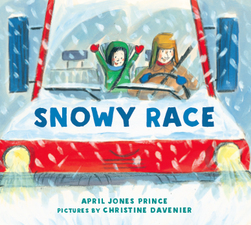 Christine Davenier’s cover for the forthcoming Snowy Race by April Jones Prince (Holiday House/Margaret Ferguson) sums up the immediacy of the story and establishes a connection with the story’s main characters. Christine Davenier’s cover for the forthcoming Snowy Race by April Jones Prince (Holiday House/Margaret Ferguson) sums up the immediacy of the story and establishes a connection with the story’s main characters. Yes, covers are a different animal! They’re like posters for the book, and they really serve a different purpose than the (narrative) interiors. The cover art should reflect the feel and content of the book and should pull you into the totality of the story. For this reason, we don’t generally like pulling an interior and reusing it for the cover, as this is rarely the best choice. When schedules allow, the cover is the last piece of art an illustrator makes. (Sometimes a publisher needs two interiors and a cover for launch, and then the cover must be finished earlier.) In our experience, it’s generally much easier to determine what the cover should show once the interior art for a book is done, or nearly done. Not surprisingly, covers go through much scrutiny. Illustrators often offer several cover sketches to provide options for discussion. How does the team at Studio Goodwin Sturges use their own personal publishing experience to guide their clients? How has the process of writing and publishing your own books informed or changed your approach? Having worked on our own books allows us to empathize with authors and illustrators on a different level. We can help clients avoid pitfalls we may have encountered, and/or offer strategies to overcome them. And it’s helpful at the marketing stage, to share tips, tricks, and contacts. Most of all, it gives us an in-the-trenches camaraderie. Making books is all about collaboration and the meshing of ideas and inspiration. And that is what we’re all about! A big 24 Carrot Writing thank you to the team at Studio Goodwin Sturges for sharing their advice and perspective. Studio Goodwin Sturges was founded by Judy Sue Goodwin Sturges and her late husband, architect-turned-children’s book author Philemon Sturges, in 1989. Judy Sue is also a longtime professor of illustration at her alma matter, Rhode Island School of Design. Studio staffers Sara Dunn and April Prince also have RISD connections; Sara is an alumna of the Illustration program, and April, an author and former editor at HarperCollins, teaches the “Word” portion of Judy Sue’s long-standing picture book course, Picture & Word.
If you would like to learn more about Studio Goodwin Sturges please visit them at: http://www.studiogoodwinsturges.com/. To purchase Construction Kitties go to https://www.indiebound.org/book/9780805091052 and to purchase Dig In! go to https://www.indiebound.org/book/9781419705229.
4 Comments
12/25/2021 02:17:09 pm
An illustrator has thought long and hard about the compositions and decisions they’ve made, but there can still be major changes at this early stage. Thank you, amazing post!
Reply
12/25/2021 05:47:27 pm
As authors ourselves, we try to remind ourselves that the illustrator didn’t tell us what to write, I truly appreciate your great post!
Reply
8/19/2022 06:20:33 pm
The cover art should reflect the feel and content of the book and should pull you into the totality of the story. For this reason, we don’t generally like pulling an interior and reusing it for the cover, as this is rarely the best choice. Thank you so much for sharing all this wonderful info with us! It is so appreciated!
Reply
Leave a Reply. |
Peruse blogs for advice and tips from KidLit creatives.
Categories
All
Archives
April 2024
Click to set custom HTML
Click on the RSS Feed button above to receive notifications of new posts on this blog.
|
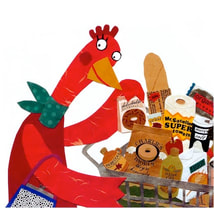
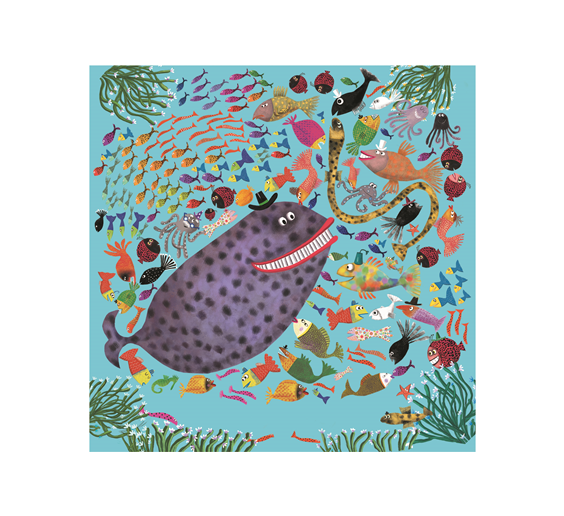
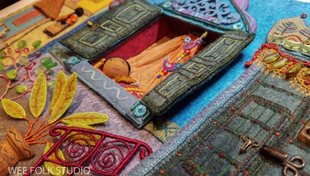
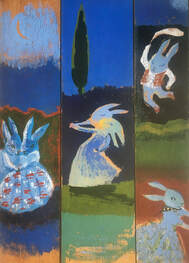
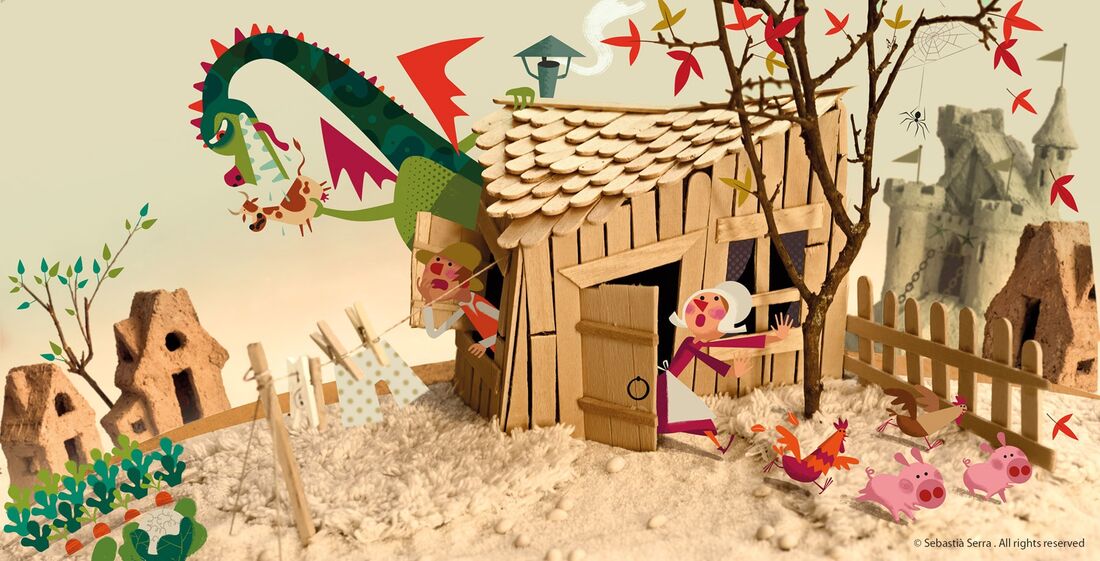
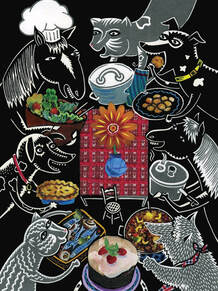
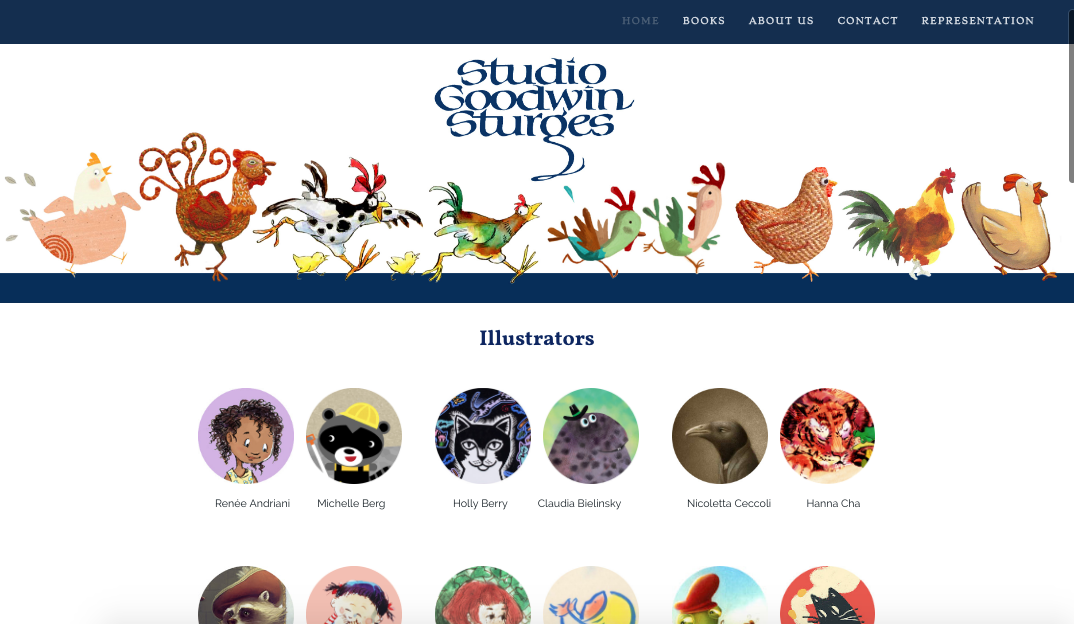
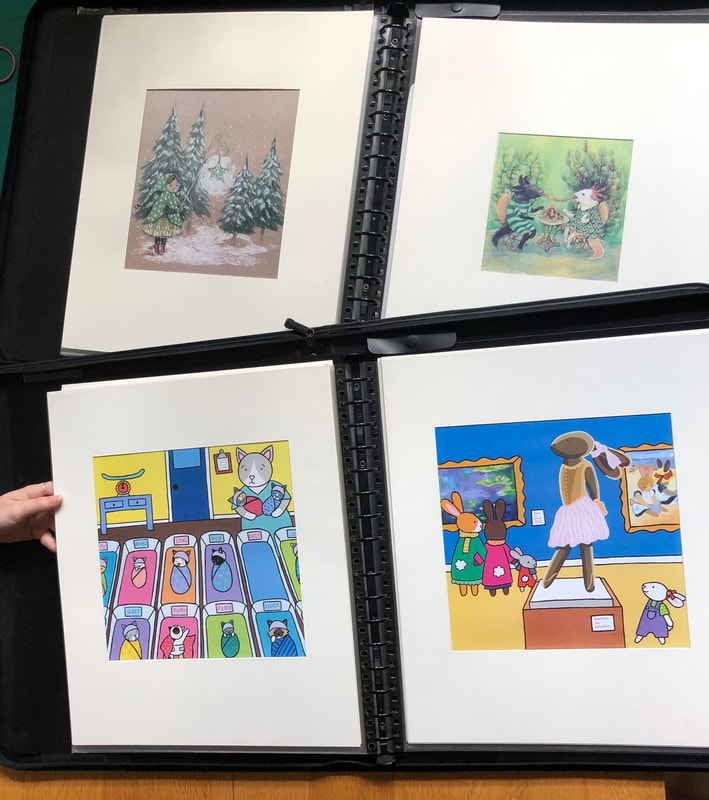
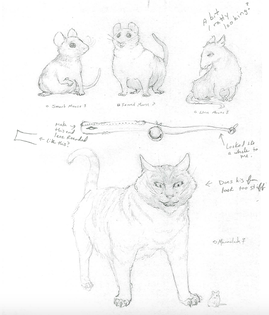
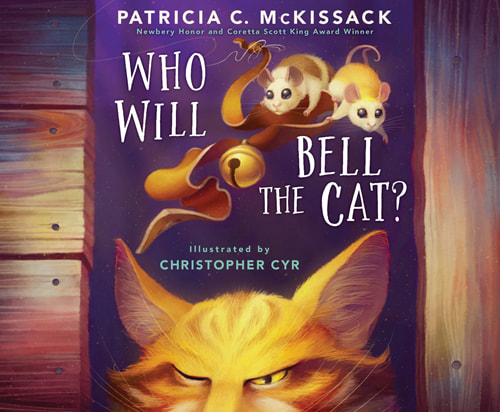
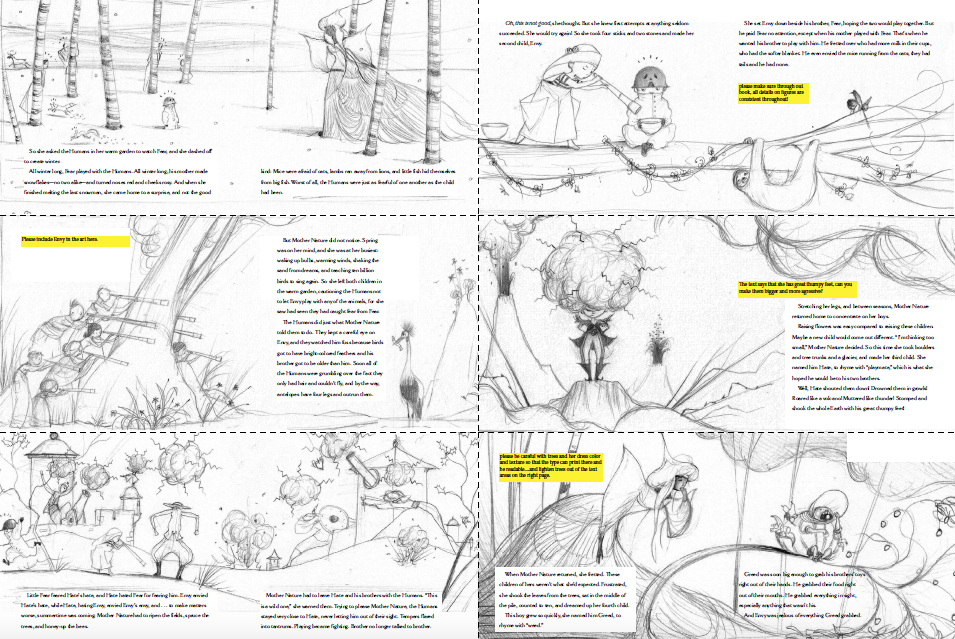
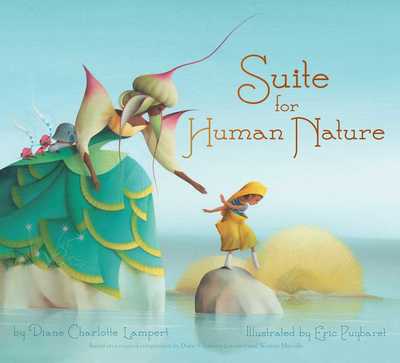
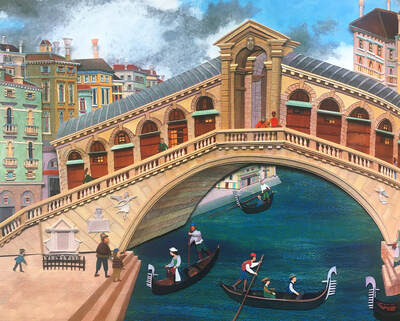
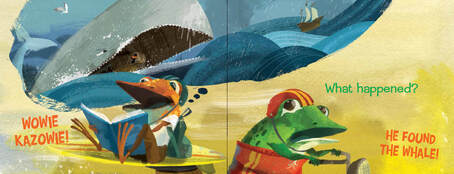


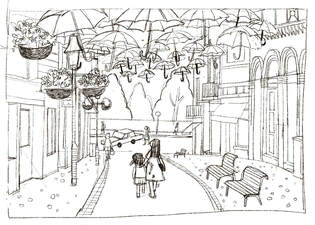
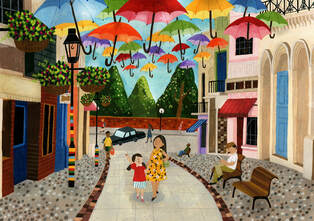
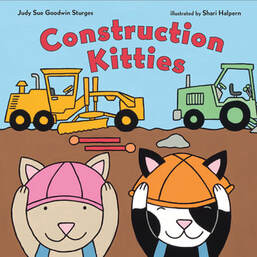
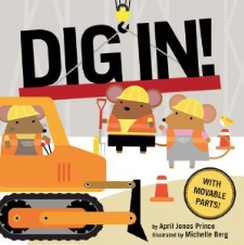
 RSS Feed
RSS Feed